The Anomalies: Acorn Woodpecker – Nate Dappen & Neil Losin (2017)
Acorn Woodpeckers (Melanerpes formicivorus) are quite distinctive from other woodpecker species: They are communal. How did the cooperative behavior evolve? Biologists are working on answers for this curious question. Evolution of cooperative behavior is a matter of game theory and has been encapsulated in a 1987 BBC documentary called “Nice Guys Finish First” by Richard Dawkins. One of the most ubiquitous example for cooperative behavior comes from ants. Why do certain individuals altruistically give up their reproduction and help others? […]

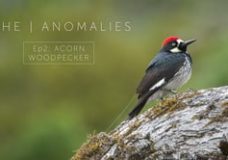
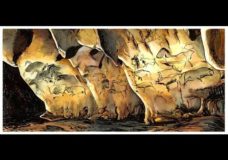
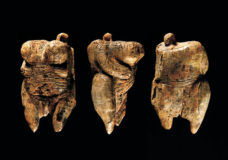
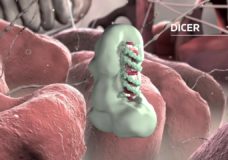
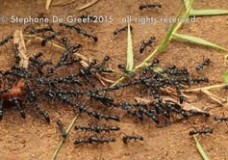
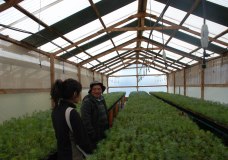


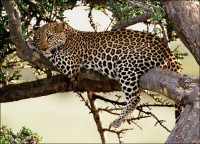

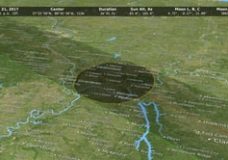
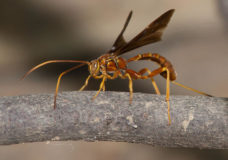
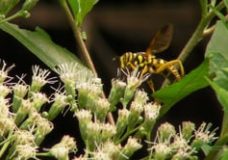
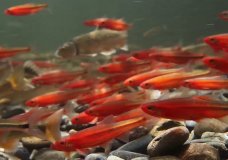
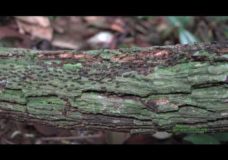

Recent Comments